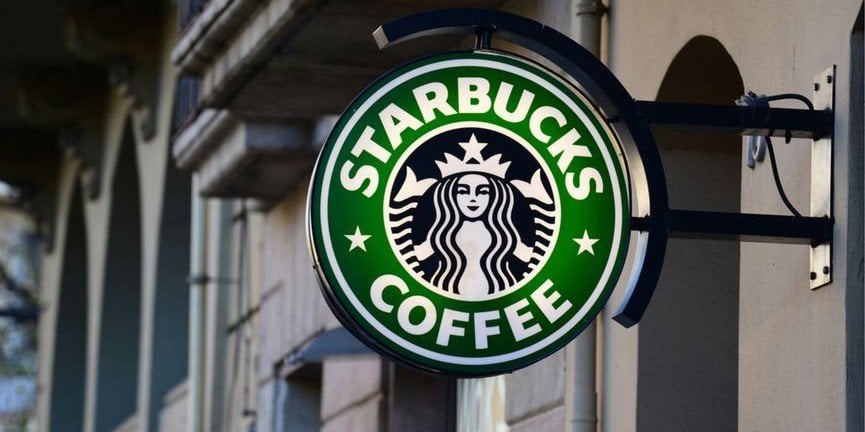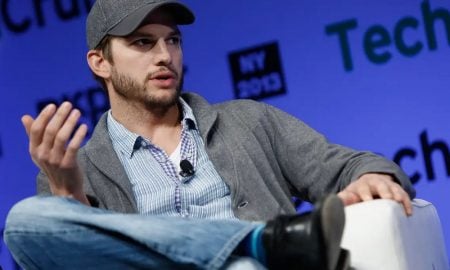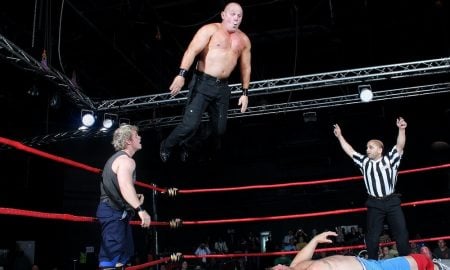
Slow Business Leaves Starbucks with No Option but to Close Down 150 Units

During an Oppenheimer conference last week, Kevin Johson, Starbucks president and CEO, revealed that they were looking to close down 150 U.S. units because of slow growth and a substandard performance for shareholders.
The fiscal year 2019 will likely see Starbucks shatter 150 units in its densely-penetrated markets. The figure represents a significant hike from the conventionally accepted 50 stores annual average. After the store closures, Starbucks expects to shift new store growth to underpenetrated markets whilst slowing growth of licensed stores. This is after the management noted that the coffee shops situated in other retailers like supermarkets and airports were less profitable than company-owned stores.

Notably, the figure represents three times as many stores as its usual fleet-rationalization rate
The latest move is part of a grand plan to accelerate the company’s long-term growth in its core target markets, the U.S. and China. Interestingly, the company refers to these two markets as their second home because the two countries are ripe with middle-class Millennials. By focusing on these markets, they intend to elevate the third-place experience, both stateside and abroad through their nascent, upscale Roastery and Reserve concept stores. At the same time, they’ll be looking to jumpstart U.S. sales through the use of digital platforms.
Part of the grand revival plan involves the expansion of Starbucks’ international equity through collaborations with Global Coffee Alliance and Nestlé in order to penetrate consumer-packaged good and a host of foodservice channels overseas. Through these collaborations, the company expects to add another 5 million points of presence in 189 countries.
Forging Ahead

Annual growth of Starbucks’ Blended Frappuccino had gone up by 17% since 2015, to a 3% drop this year. Thus emphasizing the need to cater to healthy options
Johnson remains intent on restructuring the business to allow Starbucks to cope better with market shifts and quickly meet the ever-changing face of shoppers’ preferences. To do this, they will probably need to step up the pace of product innovate in their core coffee category; capitalize on the burgeoning tea market with the Teavana brand and refreshment category; and catering to the new fad of consumers’ unabated craving for healthy, wellness-geared fare.
To unlock the U.S. sales market, Johnson believes that the secret lies in an expanded digital relationship. The stats show that the company now has about 15 million active Starbucks Rewards members, a significant hike from 13% a year ago. The growth is said to have been driven by Starbucks co-branded credit cards, the Starbucks Happy Hour deal perks and mobile orders.
During the 2019 fiscal year, the company expects to receive newer digital initiatives to steamroll growth in the U.S. such as redesigned Starbucks Rewards program with more redemptions and payment options. At the same time, they expect to see heightened personalization capabilities in order to cater to the needs of customers who tend to have a digital relationship with the retailer.
Inflection Point
He cited that the focus was now to transition Starbucks from a founder-led company to a founder-inspired establishment. Schultz is synonymous with Starbucks’ success over the last four decades. He successfully managed to steer the coffee chain to achieve seismic growth while redefining the entire java-drinking retail experience around the world.
Schultz announced his resignation as chairman last year before handing over the reins to Johnson. His lengthy stint as chairman allowed the company to grow to its present state where there are about 28,000 stores in 77 countries opened up. To ensure that the transition was smooth and transparent, many in close quarters shared that their offices shared a connecting door. In essence, Schultz mentored Johnson for the new role, as best as he could.
Jonhson, a former Microsoft executive shared that he would seek to be his own man in terms of guiding the company forward. He further said that the panned to summon enhanced data-driven and analytic training to bring forth necessary discipline and nimbleness in the manner the retailer drove business.
More in Business
-
Ashton Kutcher’s Lucrative Business Ventures
Ashton Kutcher, a name that resonates with the silver screen’s allure, has emerged as a master of diverse talents, not confined...
December 8, 2023 -
Why American Consumers Are Falling Behind on COVID-Era Debt
When the world was grappling with the health crisis brought on by COVID-19, the U.S. economy faced an equally formidable challenge:...
November 27, 2023 -
Dr Dre and Ex-Wife Nicole Young Finalise $100m Divorce Settlement
After months of legal proceedings, Dr Dre, the legendary rapper, producer, and businessman, officially brought his tumultuous divorce from ex-wife Nicole...
November 22, 2023 -
5 Tell-Tale Signs That It Is Time to Say Goodbye to Your Current Job
Are you feeling like your job is more like a ball and chain than a fulfilling career? The daily grind, the...
November 19, 2023 -
WWE Signs $1.4 Billion Broadcasting Contract for SmackDown
In an explosive turn of events, World Wrestling Entertainment (WWE) has just unleashed some earth-shattering news for its legions of fans....
November 9, 2023 -
Navigating the Mortgage Maze as Interest Rates Take a Historic Leap
The U.S. housing market is nothing short of a dynamic entity. It evolves, reacts, and sometimes, just like the current real-estate...
November 3, 2023 -
Celebrity Couples Where the Woman Has a Higher Net Worth
In a world where gender roles and financial dynamics constantly shift, it’s not unusual to find celebrity couples where the woman...
October 27, 2023 -
Why the Gender Pay Gap Could Be Worsening
Picture this: Two college students, Alex and Charlie. Both are bright, have the same interests, and are ready to embrace the...
October 19, 2023 -
JC Penney’s Remarkable $1 Billion Revival Plan
In a remarkable turnaround, JC Penney unveiled a bold $1 billion revival plan, breathing new life into a brand that faced...
October 12, 2023















You must be logged in to post a comment Login